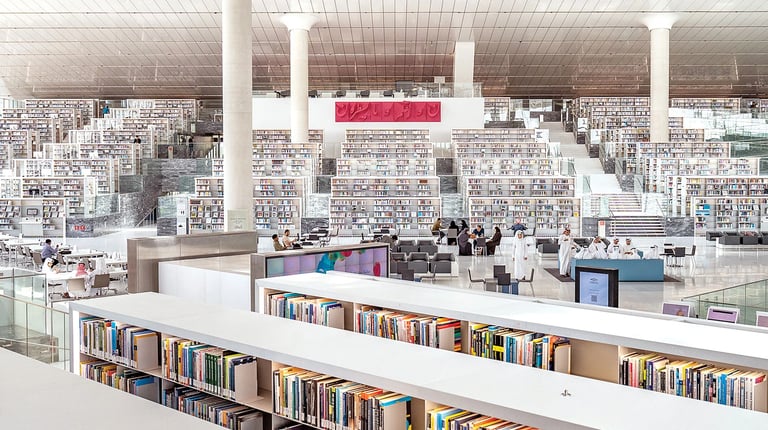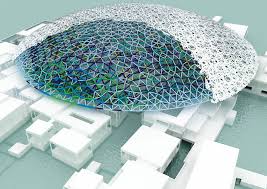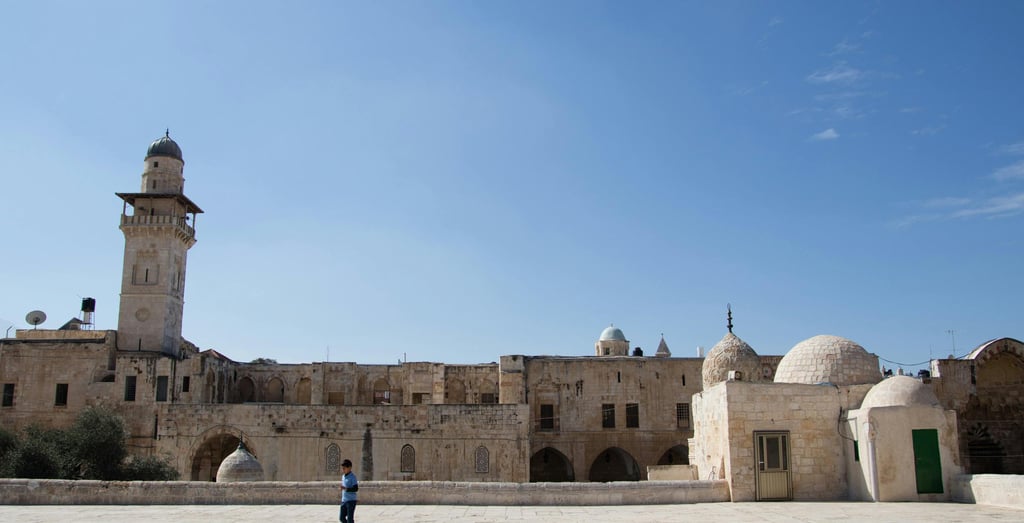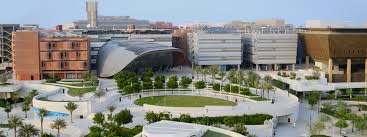
Cultural Architecture vs. Global Architecture: Are We Building Our Identity or Consuming Imported Models?
Does the architecture in our cities truly reflect us, or is it merely imported global templates?
Construct Vision Team
6/1/20254 min read

When Cities Look Alike... and Lose Their Soul
In the age of rapid globalization, cities are no longer built solely from stone and concrete but from cultural symbols, visual identities, and collective memory. While modern capitals compete with gleaming skyscrapers and massive shopping malls, a profound question arises:
Does the architecture in our cities truly reflect us, or is it merely imported global templates?
Every time your plane lands in a new city, the same scenes repeat: glass skyscrapers, identical shopping centers, wide streets mimicking "someplace" in the West.
It’s as if you never left the previous city.
As if the world has become a replicated version with different names.
Amid the frenzy of "global architecture," have we lost the architecture that breathes the air of its place and speaks its dialect? Is what we see today an architectural achievement... or visual alienation?
In this article, we open a dual lens: We observe the global currents that unify and dig into local attempts to restore the human and spiritual character of architecture.
We explore the architectural conflict between cultural architecture, rooted in place, history, and identity, and global architecture, which tends toward standardization and replication of Western successes. We don’t stop at criticism but analyze living examples and discuss how to create a conscious balance between authenticity and modernity.
Global Architecture: Unifying Technology... Erasing Specificity
Global architecture is not a style but a phenomenon.
It emerged from Western modernity, expanded with the open-market economy, and is driven by giant design firms that build towers from Seoul to São Paulo using the same mechanisms.
Its core characteristics:
• Uniform industrial materials: glass, steel, aluminum
• Design prioritizing function and efficiency over identity
• Detachment from the surrounding climatic or cultural environment
How did this happen?
• Globalization opened borders to ideas as well as goods
• Spread of 3D design software and standardized engineering solutions
• Developing cities’ need for international symbolism and rapid construction
• Influence of financial and political elites seeking a "modern" image
But at what cost?
Cities without character, buildings without memory.
Spaces that seem successful on paper but fail to touch the human spirit.
Countering the Tide: Local Architecture Rebuilds the Human
The response to global architecture wasn’t mere nostalgia for the past but a cultural, environmental, and architectural resistance.
In the Arab world, scattered attempts have emerged to reconnect buildings with their natural and social contexts and revive what can be called "lost architectural intelligence."
Local Architecture Isn’t Decoration... It’s Philosophy
Identity doesn’t mean reverting to domes and Arabic calligraphy alone but a deeper understanding:
• How does light interact with walls?
• How does a person find shade in space?
• How is a place read without a sign?
Masdar City Project – Abu Dhabi
A futuristic environmental experiment inspired by traditional Islamic urban planning: narrow streets, natural ventilation, abundant shade, and solar energy use.
The design philosophy of Masdar City’s buildings is a holistic and integrated approach to sustainability, beginning with deep adaptation to the local climate through passive design, drawing inspiration from traditional architectural wisdom, and intelligently incorporating the latest clean technologies and sustainable materials. All this aims to achieve the highest levels of energy and resource efficiency, providing a comfortable and healthy urban environment.


Louvre Abu Dhabi – Jean Nouvel
The interlocking dome creating a "rain of light" evokes the play of shadows in Islamic architecture—where light doesn’t reveal everything but invites contemplation.
The design philosophy of Louvre Abu Dhabi is to create a sensory and physical space that deeply interacts with the desert and maritime environment, drawing inspiration from Arab heritage to offer a unique architectural experience focused on light, water, and shadow, contributing to a global cultural dialogue.


Share the post
Subscribe to our newsletters:


Qatar National Library – Rem Koolhaas
Although a Western architect, Koolhaas blended contemporary technology with the spirit of the open Arab majlis, creating masses that embrace the visitor without overwhelming them.
The design redefines the role of the library in the 21st century as a vibrant hub of knowledge and social interaction, adopting principles of vast scale, transparency, flexibility, integration of heritage and modernity, and challenging traditional architectural concepts.


Despite Each Project Having Its Own Designer and Philosophy, Key Commonalities Tie These Three Projects Together, Reflecting Architectural Trends in the Region and Globally Toward Sustainability and Innovation:
• Contextual Response to the Hot Climate
• Integration of Local Culture and Heritage with Modernity
• Technological Innovation and Advanced Design
• Creation of Public and Interactive Spaces
• Sustainability and Environmental Performance
The Human Scale: When Humans Become the Center of Design
In the chaos of contemporary cities, the human scale has been lost.
Buildings address airplanes, not pedestrians, and entrances showcase power, not hospitality.
Architecture built for humans, however, begins at eye level, the step of the foot, and the body’s sensation in space.
How is this translated?
• Windows follow the sun’s path, not market trends.
• Plazas open for dialogue, not just passage.
• Benches, entrances, even colors… speak to the body and soul.
Recent environmental studies indicate that architectural spaces influence: stress levels or psychological comfort, feelings of safety or alienation, productivity, and social behavior.
In short: Architecture is not just the backdrop of our lives but an active partner in it.
Can We Redesign… in the Language of Place?
The question isn’t about returning to the past but about extracting its essence.
How can we use today’s tools (algorithms, artificial intelligence, sustainability techniques) to design buildings that resemble and respect us?
It’s a call to: document vernacular architecture, not replicate it; train architects to read both humans and places; and encourage policies that support collaborative projects with local communities.
A City with a Heart
When you think of your ideal city, do you imagine a skyscraper?
Or a plaza with shade, a tree, and familiar faces?
Architecture is not neutral.
It either strengthens your sense of belonging or marginalizes you.
It either builds communities or creates voids.
And so, perhaps it’s time to ask:
Do we want to build as others build?
Or as we live, feel, and love?


